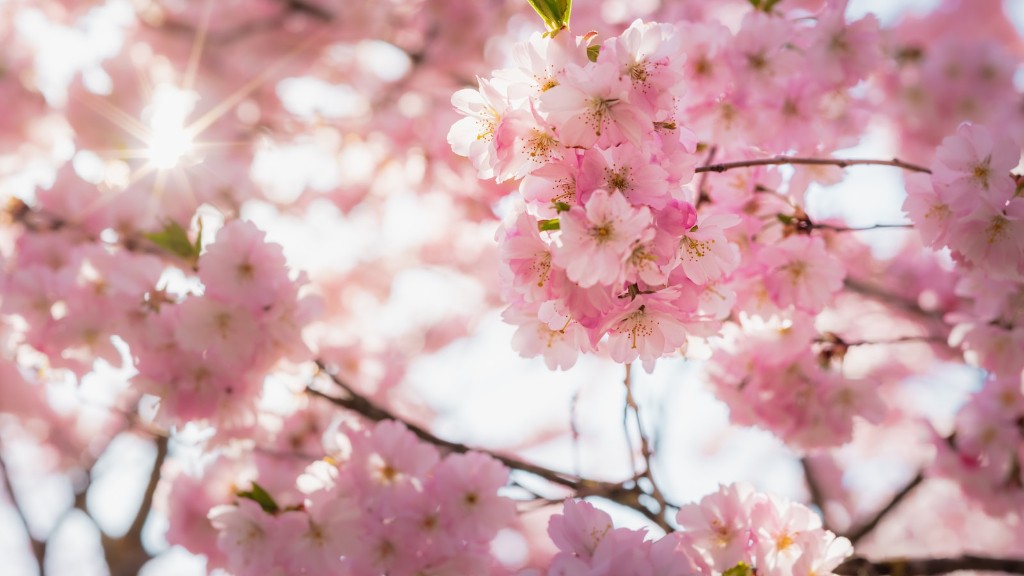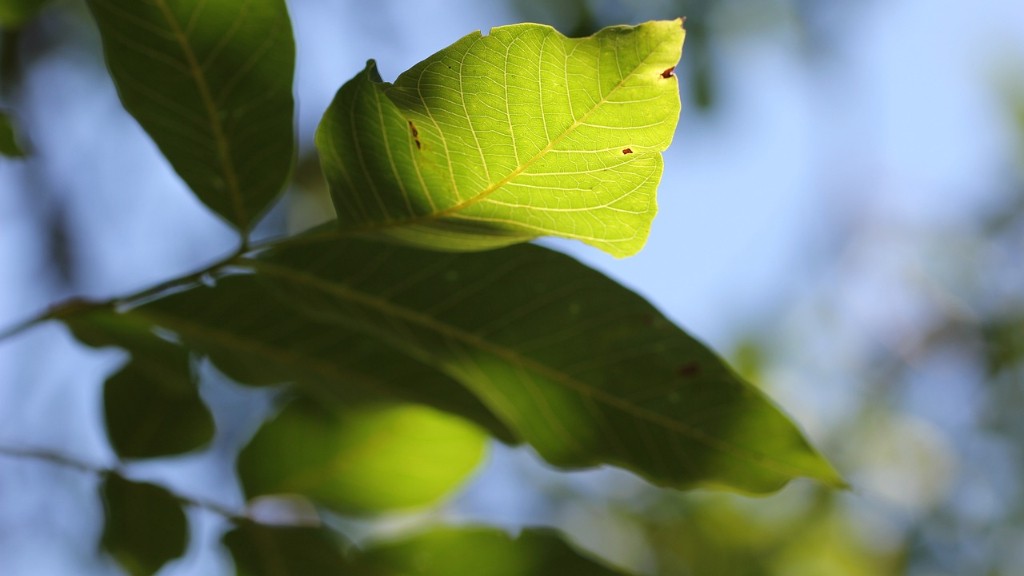General Information on Moving a Cherry Tree
At some point in time most gardeners will have considered moving a cherry tree. One of the reasons for doing so is to change the location of the tree; this could be to make room for other trees or to bring more light into the garden. Of course, before deciding to move any tree it is important to consider whether it is possible to do safely, and the success rate of such an undertaking.
There are three things that must be considered before you can determine whether your tree can be moved with a reasonable chance of success: the size of the tree, the condition of the tree, and the season in which the move is to be made. A cherry tree that is a healthy two or three-year-old can often be successfully transplanted without too much trouble. An older tree, however, is more likely to suffer from the stress of the move.
Size Matters
The size of the tree is important as larger, more established trees are more difficult to move without causing damage, whereas smaller trees generally suffer less from a move. A general rule of thumb is that cherry trees should remain in the ground until they reach a height of 1.8 m. So, if the tree is any taller than this, you should be wary of attempting to move it.
When considering the size of the tree, it is also important to measure the rootball – traditionally this should be 1.2 m. The rootball contains all the roots and earth around the base of the tree, and the bigger the rootball, the more earth can be moved with the tree, which increases the chances of success.
Selecting a Time of Year
Timing the move to take place when the tree is dormant is essential. This means a winter move when the tree is less able to withstand any stress from the move and has fewer competing demands on its resources. If a move is attempted during the summer months, when the roots are actively growing, the tree can suffer from shock – this can lead to it requiring additional nurturing, or worse yet, death.
It is also important to move the cherry tree before flowering. Cherry trees flower in spring, so you need to make sure that if you intend to move the tree, it is done in late winter or early spring. This way, you can rest assured that you are not jeopardising the tree’s future growth and potential for bearing fruit.
Preparing to Move the Tree Safely
If after considering the size and condition of your cherry tree, the season and the rootball you decide that a move is feasible, it is important to prepare for the move to increase the chances of a successful transplant. The first step is to prune the top of the tree, cutting back any branches that may get in the way. This can also encourage new growth, which will help the tree to establish itself in its new position.
It is also a good idea to cut back the roots of the tree by carefully excavating a circular trench around the tree. This will help to avoid further root damage when the tree is lifted. The trench should only be as deep as the rootball, and when the tree is lifted should be filled with the same soil that was removed.
Once the tree has been lifted, it should be quickly transported to its new position and carefully replanted. Having the hole prepared in advance can save a lot of time, and the tree should be planted as quickly as possible. It is best to water the tree immediately after planting to help reduce stress levels, and again the following day.
Aftercare and Maintenance
Once planted in its new position, it is important to ensure that the tree is well looked after. This means watering as necessary, particularly during periods of dry weather, and also pruning regularly to keep the tree healthy.
As for fertilisation, it is generally advisable to fertilise when the tree is moved, as this can help to support the tree during the process and encourage new growth. However, you should keep in mind the time of year and make sure the fertiliser you use is suitable for the season.
Finally, it is also a good idea to mulch around the tree to help retain moisture and discourage weeds. This can also add beneficial nutrients to the soil, and can help to protect the tree’s roots in winter.
Protection from Pests and Disease
One of the biggest threats to cherry trees is disease, as they are prone to various fungi that affect the leaves and even the fruit. It is therefore important to be vigilant and inspect the tree regularly, removing any affected leaves and disposing of them away from the tree. When pruning, it is a good idea to disinfect the pruning shears or saws to avoid further contamination.
Cherry trees are also susceptible to pests, including aphids, mites, and scale, which can feed on the foliage, weakening the tree and leaving it vulnerable to disease. Treating the tree with a suitable insecticide can help to control any pest issues, but it is important to select a product that is safe for use on fruit trees.
Deciding Whether to Move a Cherry Tree
Moving a cherry tree is not a decision that should be taken lightly, and before taking any action one must consider the tree’s size, condition, and the time of year in which the move is to take place. If the tree is small and healthy, and if the move is timed to take place in late winter, it is possible that a successful transplant can be achieved.
Once the move is made, it is important to care for the tree, keeping an eye out for signs of disease or pest infestations and taking action as soon as possible. With the right care and attention, it is possible for a moved cherry tree to survive and possibly even thrive in its new home.
Rootball Considerations
When it comes to moving a cherry tree, the size of the rootball is also an important consideration. The bigger the rootball, the more earth can be moved with the tree, increasing the chances of successful transplantation. To ensure a larger rootball, it is a good idea to raise the soil-line of the tree a few centimeters. This will encourage the growth of bigger and stronger roots.
Once the rootball has grown to a suitable size, it is important to excavate a circular trench around the tree to reduce the chances of root damage when the tree is moved. To reduce the chances of further damage, the trench should only be as deep as the rootball and the same soil should be used to fill the trench when the tree is moved.
Approaches for Transplanting a Cherry Tree
When it comes to transplanting a cherry tree, there are several approaches to consider. One common approach is to lift and transplant the tree as a single unit by wrapping burlap around the rootball. This method is likely to be the fastest, and is suitable for smaller trees. However, larger trees may require a more sophisticated approach, such as the use of a tree spade.
A tree spade is a large, hydraulic-powered machine that can dig around and lift an entire tree, rootball and all. This is a useful approach for moving older, larger trees with thick, hard-to-penetrate roots. This requires specialised machinery, so it is a good idea to hire a professional for the job.
Providing Support in the Early Stages
After the tree has been successfully transplanted, it is important to ensure that the tree is well supported during the establishment period. This can be achieved by providing stakes or, for smaller trees, a simple tree brace. This will help to ensure the tree is not damaged during windy weather, and can reduce the chances of the tree becoming uprooted from its new home.
It is also important to address any potential conflicts, such as neighbouring buildings, walls and paths, to discourage root growth in the wrong directions. As cherry trees can have quite shallow roots, this is particularly important. If possible, install a root barrier to help keep the roots contained and guide them in the right direction.
Conclusion
Moving a cherry tree can be a risky process, but with careful preparation it is possible to do so with a reasonable chance of success. The size of the tree, its condition, and season of the year in which the move is made are all important factors, and it is essential that the tree is moved when it is dormant. Preparation and aftercare are also essential, and it is a good idea to provide support for the tree in its early days in its new location.




